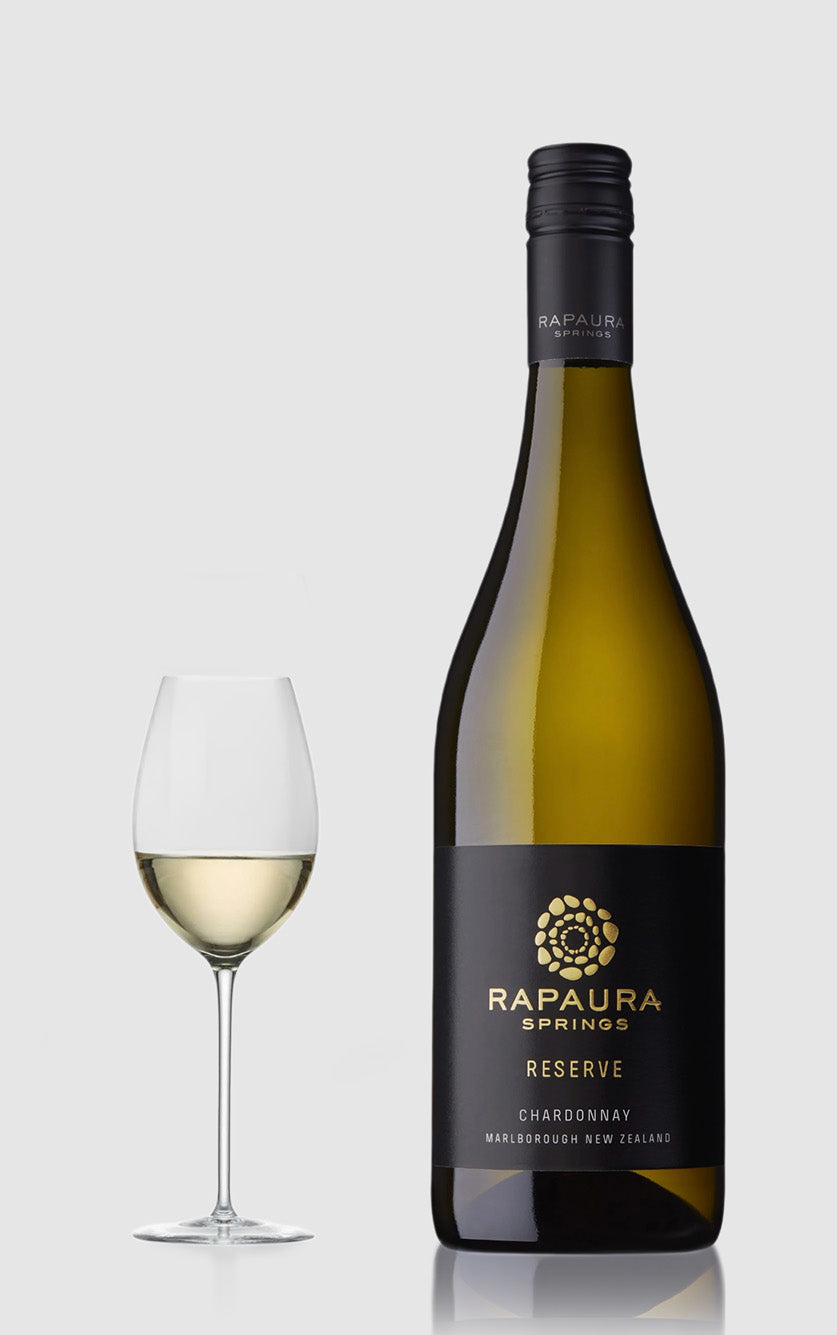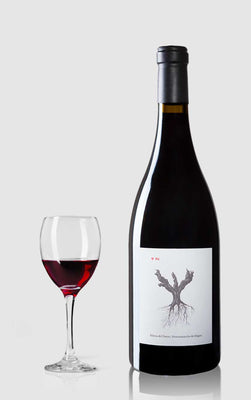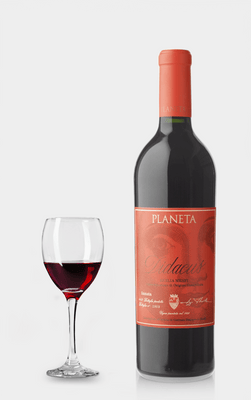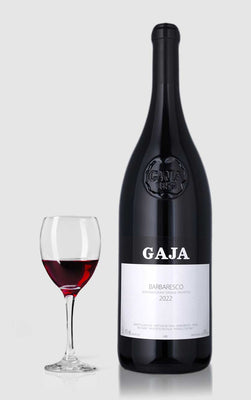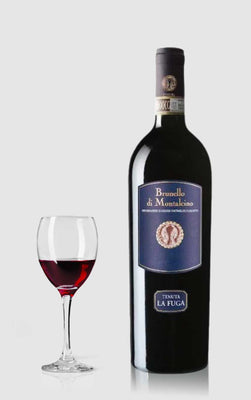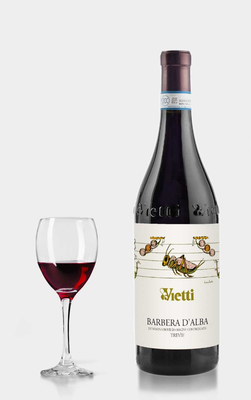Andre kategorier du måske vil kunne lide
Wine from Piedmont
-
 ★ 89 – DH Wines
★ 89 – DH WinesPrato D’oro Barbera D´alba DOC 2024
Vendor:DH WinesRegular price 139,00 DKKRegular priceUnit price / per -
 ★ 93 – DH Wines★ 4.1 – Vivino
★ 93 – DH Wines★ 4.1 – VivinoBarbera D'alba Superiore DOCG "Centobricchi" 2021
Vendor:Pio CesareRegular price 249,00 DKKRegular priceUnit price / per -
 ★ 88 – DH Wines★ 3.7 – Vivino
★ 88 – DH Wines★ 3.7 – VivinoSammicheli Brunello di Montalcino DOCG 2019
Vendor:SammicheliRegular price 249,00 DKKRegular priceUnit price / per -
 ★ 92 – DH Wines★ 4.0 – Vivino
★ 92 – DH Wines★ 4.0 – VivinoLa Spinetta Ca' di Pian Barbera d'Asti 2022
Vendor:La SpinettaRegular price 200,00 DKKRegular priceUnit price / per -
 ★ 91 – DH Wines★ 4.0 – Vivino
★ 91 – DH Wines★ 4.0 – VivinoLa Spinetta Langhe Nebbiolo 2023
Vendor:La SpinettaRegular price 250,00 DKKRegular priceUnit price / per -
 ★ 91 – DH Wines★ 4.2 – Vivino
★ 91 – DH Wines★ 4.2 – VivinoLa Spinetta Vigneto Garretti Barolo 2021
Vendor:Cordero di MontezemoloRegular price 699,00 DKKRegular priceUnit price / per -
 ★ 93 – DH Wines★ 4.5 – Vivino
★ 93 – DH Wines★ 4.5 – VivinoCascina Dardi Bussia Barolo 2016
Vendor:Cascina DardiRegular price 600,00 DKKRegular priceUnit price / per -
 ★ 90 – DH Wines
★ 90 – DH WinesPio Cesare Langhe Nebbiolo 2022
Vendor:Pio CesareRegular price 329,00 DKKRegular priceUnit price / per -
 ★ 95 – Robert Parker★ 94 – James Suckling★ 93 – DH Wines★ 4.5 – Vivino
★ 95 – Robert Parker★ 94 – James Suckling★ 93 – DH Wines★ 4.5 – VivinoPio Cesare Barolo 2019
Vendor:Pio CesareRegular price 699,00 DKKRegular priceUnit price / per -
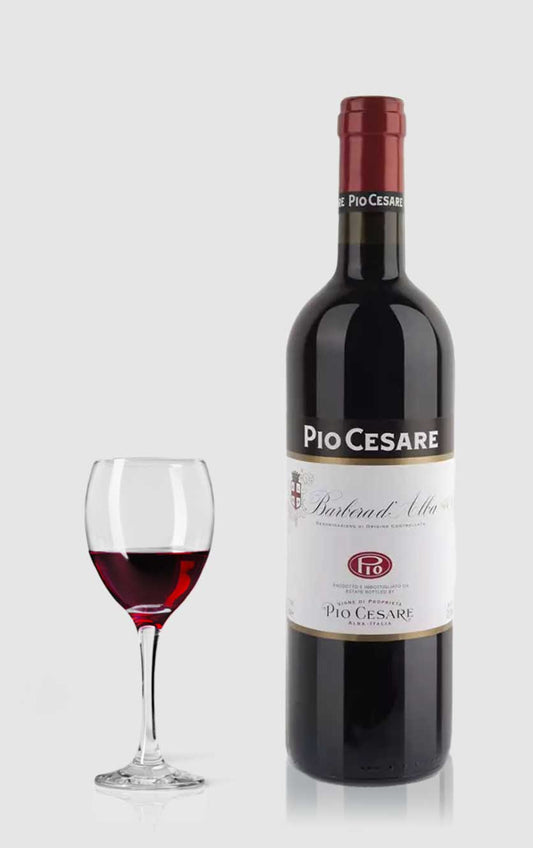 ★ 92 – DH Wines★ 3.9 – Vivino
★ 92 – DH Wines★ 3.9 – VivinoPio Cesare Barbera d'Alba 2022
Vendor:Pio CesareRegular price 249,00 DKKRegular priceUnit price / per -
 ★ 94 – DH Wines★ 4.5 – Vivino
★ 94 – DH Wines★ 4.5 – VivinoGaja Barbaresco DOP 2022
Vendor:GajaRegular price 2.995,00 DKKRegular priceUnit price / per -
 ★ 94 – DH Wines★ 4.5 – Vivino
★ 94 – DH Wines★ 4.5 – VivinoGaja Barbaresco DOP 2022 MAGNUM
Vendor:GajaRegular price 7.995,00 DKKRegular priceUnit price / per -
 ★ 90 – DH Wines
★ 90 – DH WinesMille Vite Piemonte Chardonnay – DOC 2022
Vendor:Mille ViteRegular price 199,00 DKKRegular priceUnit price / per -
 ★ 90 – DH Wines★ 3.9 – Vivino
★ 90 – DH Wines★ 3.9 – VivinoMille Vite Barbaresco Gaia-Principe DOCG 2021
Vendor:Mille ViteRegular price 399,00 DKKRegular priceUnit price / per -
 ★ 94 – DH Wines★ 4.5 – Vivino
★ 94 – DH Wines★ 4.5 – VivinoGaja Darmagi Langhe Cabernet Sauvignon 2019
Vendor:GajaRegular price 3.495,00 DKKRegular priceUnit price / per -
 ★ 93 – DH Wines
★ 93 – DH WinesCordero Montezemolo, Funtani Barbera d'Alba Superiore DOC 2019
Vendor:Pio CesareRegular price 299,00 DKKRegular priceUnit price / per -
 ★ 94 – DH Wines
★ 94 – DH WinesBruno Giacosa 2021 Barbera d'Alba
Vendor:Bruno GiacosaRegular price 349,00 DKKRegular priceUnit price / per -
 ★ 94 – Wine Enthusiast★ 94 – DH Wines★ 93 – James Suckling★ 4.5 – Vivino
★ 94 – Wine Enthusiast★ 94 – DH Wines★ 93 – James Suckling★ 4.5 – VivinoEredi Fuligni Brunello di Montalcino 2017
Vendor:Eredi FuligniRegular price 699,00 DKKRegular priceUnit price / per -
 ★ 91 – DH Wines
★ 91 – DH WinesVietti Brunate Barolo 2018
Vendor:ViettiRegular price 1.895,00 DKKRegular priceUnit price / per -
 ★ 100 – Decanter★ 99 – James Suckling★ 98 – Wine Enthusiast★ 98 – Robert Parker★ 98 – DH Wines★ 4.8 – Vivino
★ 100 – Decanter★ 99 – James Suckling★ 98 – Wine Enthusiast★ 98 – Robert Parker★ 98 – DH Wines★ 4.8 – VivinoGiacomo Conterno Barolo Cascina Francia 2010
Vendor:Giacomo ConternoRegular price 3.495,00 DKKRegular priceUnit price / per -
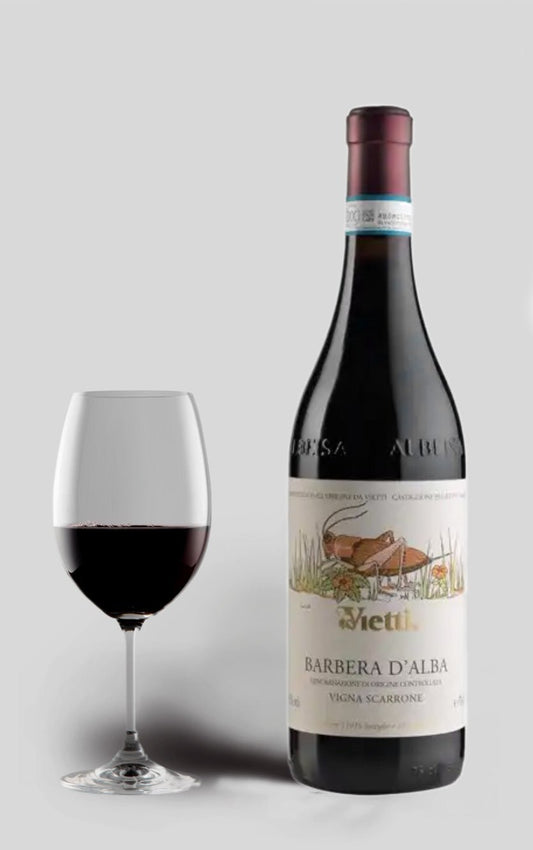 ★ 94 – Wine Enthusiast★ 94 – Robert Parker★ 94 – Decanter★ 93 – James Suckling★ 93 – DH Wines★ 4.0 – Vivino
★ 94 – Wine Enthusiast★ 94 – Robert Parker★ 94 – Decanter★ 93 – James Suckling★ 93 – DH Wines★ 4.0 – VivinoBarbera D'Alba, Vigna Scarrone, Vietti 2019
Vendor:Pio CesareRegular price 599,00 DKKRegular priceUnit price / per -
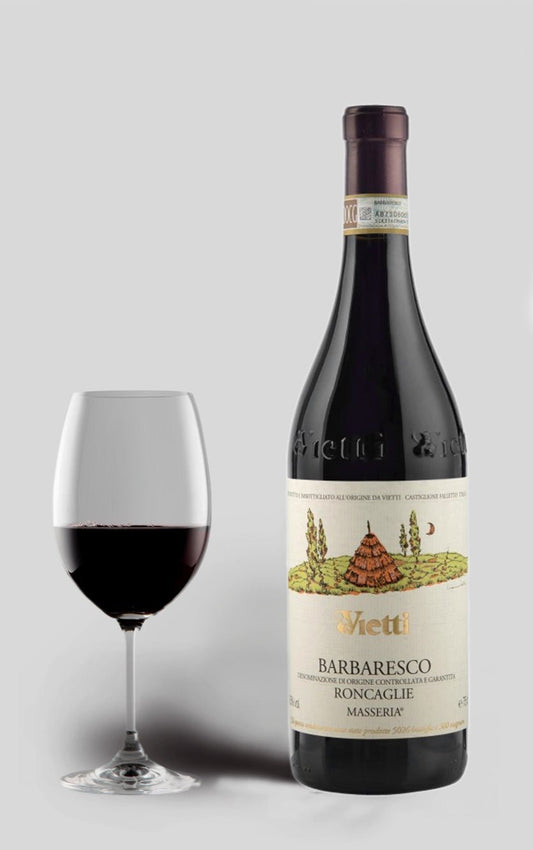 ★ 98 – DH Wines★ 96 – Robert Parker★ 96 – James Suckling★ 94 – Wine Enthusiast★ 93 – Decanter★ 4.0 – Vivino
★ 98 – DH Wines★ 96 – Robert Parker★ 96 – James Suckling★ 94 – Wine Enthusiast★ 93 – Decanter★ 4.0 – VivinoVietti Barbaresco Roncaglie Masseria 2018, DOCG
Vendor:ViettiRegular price 1.149,00 DKKRegular priceUnit price / per -
 ★ 90 – Wine Enthusiast★ 90 – Robert Parker★ 90 – DH Wines★ 3.9 – Vivino
★ 90 – Wine Enthusiast★ 90 – Robert Parker★ 90 – DH Wines★ 3.9 – VivinoMauro Sebaste Barbera d'Alba DOC Contessa Rosalia 2019
Vendor:Mauro SebasteRegular price 129,00 DKKRegular priceUnit price / per -
 ★ 95 – Decanter★ 94 – James Suckling★ 94 – DH Wines★ 93 – Wine Enthusiast★ 93 – Robert Parker★ 4.5 – Vivino
★ 95 – Decanter★ 94 – James Suckling★ 94 – DH Wines★ 93 – Wine Enthusiast★ 93 – Robert Parker★ 4.5 – VivinoCordero di Montezemolo Barolo Monfalletto DOCG 2016
Vendor:Cordero di MontezemoloRegular price 499,00 DKKRegular priceUnit price / per -
 ★ 95 – DH Wines★ 94 – James Suckling★ 93 – Wine Enthusiast★ 93 – Robert Parker★ 93 – Decanter★ 4.3 – Vivino
★ 95 – DH Wines★ 94 – James Suckling★ 93 – Wine Enthusiast★ 93 – Robert Parker★ 93 – Decanter★ 4.3 – VivinoCordero di Montezemolo Barolo Gattera DOCG 2017
Vendor:Cordero di MontezemoloRegular price 749,00 DKKRegular priceUnit price / per -
 ★ 92 – DH Wines★ 3.9 – Vivino
★ 92 – DH Wines★ 3.9 – VivinoMauro Sebaste Barbera Nizza 'Costemonhisio 2020
Vendor:Mauro SebasteRegular price 249,00 DKKRegular priceUnit price / per -
 ★ 94 – DH Wines★ 93 – James Suckling★ 4.1 – Vivino
★ 94 – DH Wines★ 93 – James Suckling★ 4.1 – VivinoRESSIA Barbaresco DOCG Riserva Canova 2018
Vendor:RESSIARegular price 499,00 DKKRegular priceUnit price / per -
 ★ 90 – DH Wines★ 3.9 – Vivino
★ 90 – DH Wines★ 3.9 – VivinoRESSIA Barbaresco Canova DOCG 2021
Vendor:RESSIARegular price 399,00 DKKRegular priceUnit price / per0,00 DKKSale price 399,00 DKK -
 ★ 94 – DH Wines★ 4.1 – Vivino
★ 94 – DH Wines★ 4.1 – VivinoRESSIA Lange DOC Nebbiolo 2021
Vendor:RESSIARegular price 249,00 DKKRegular priceUnit price / per -
 ★ 92 – DH Wines★ 4.1 – Vivino
★ 92 – DH Wines★ 4.1 – VivinoRESSIA Barbera D'Alba Vigna Canova Superiore 2021
Vendor:RESSIARegular price 229,00 DKKRegular priceUnit price / per -
 ★ 93 – James Suckling★ 92 – DH Wines★ 90 – Decanter★ 3.9 – Vivino
★ 93 – James Suckling★ 92 – DH Wines★ 90 – Decanter★ 3.9 – VivinoPio Cesare Fides Barbera D'alba 2020 Piedmont
Vendor:Pio CesareRegular price 479,00 DKKRegular priceUnit price / per -
 ★ 100 – Decanter★ 99 – DH Wines★ 98 – Wine Enthusiast★ 98 – Robert Parker★ 98 – James Suckling★ 4.7 – Vivino
★ 100 – Decanter★ 99 – DH Wines★ 98 – Wine Enthusiast★ 98 – Robert Parker★ 98 – James Suckling★ 4.7 – VivinoGiacomo Conterno, Barolo Riserva 2010 Monfortino
Vendor:Giacomo ConternoRegular price 12.995,00 DKKRegular priceUnit price / per -
 ★ 100 – Robert Parker★ 100 – James Suckling★ 100 – Decanter★ 99 – DH Wines★ 98 – Wine Enthusiast★ 4.9 – Vivino
★ 100 – Robert Parker★ 100 – James Suckling★ 100 – Decanter★ 99 – DH Wines★ 98 – Wine Enthusiast★ 4.9 – VivinoGiacomo Conterno, Barolo Riserva 2006 Monfortino
Vendor:Giacomo ConternoRegular price 9.995,00 DKKRegular priceUnit price / per
Collection: Wine from Piedmont
Piedmont is one of Italy's most traditional and quality-driven wine regions. The region is located in northwestern Italy at the foot of the Alps and is particularly known for its red wines made from Nebbiolo, Barbera and Dolcetto. Piedmont produces both long-lasting DOCG wines and lighter, fruit-driven everyday wines. The climate with cold nights and warm days creates wines with high acidity, finesse and depth of aging.
The main red wine regions in Piedmont
- Barolo DOCG : Known as the “king of wine”. Made from 100% Nebbiolo and must be aged for a minimum of 3 years (5 years for Riserva). Complex and tannic with notes of tar, roses and dried fruit.
- Barbaresco DOCG : Also 100% Nebbiolo. Shorter aging time and a little more accessible in its youth. Elegant, precise and perfumed style.
- Barbera d'Asti and Barbera d'Alba : Fruity and acid-free wines with soft tannins. Suitable for food and can be both light and barrel-aged.
- Dolcetto : Round and low-acid red wine with notes of black cherries and spice. Often drunk young.
Piedmont and white wine
Although red wine dominates, interesting white wines are also produced in Piedmont:
- Roero Arneis : Fresh and floral white wine with notes of pear, almond and white flowers.
- Gavi (Cortese) : Mineral, dry and citrusy wine with good food compatibility.
- Moscato d'Asti : Lightly sparkling, low-alcohol dessert wine with grape aroma and sweetness.
These white wines express the same precision and freshness that characterize the region's red wines.
Grapes and classification
Piedmont works almost exclusively with local grape varieties and has many DOCG and DOC classifications:
- Nebbiolo : Produces tannin-rich and acidic wines with complex aromas and aging potential.
- Barbera : Softer structure with fresh fruit and high acidity.
- Dolcetto : Dark color, low acidity and good drinkability.
- Arneis, Cortese, Moscato : Local white wine grapes with distinctive character and typicity.
DOCG classifications (such as Barolo and Barbaresco) impose strict requirements on production, barrel aging and geographical demarcation. Many producers operate on a small scale and with respect for nature and tradition.
Frequently asked questions about Piedmont wine
What is the difference between Barolo and Barbaresco?
Both are made from 100% Nebbiolo. Barolo requires longer aging and is often more powerful and structured. Barbaresco has milder tannins and is quicker to drink, but still complex.
Is Barbera a lighter wine than Barolo?
Yes. Barbera has lower tannin and higher fruitiness. It is more accessible and ideal for food, but certain versions can have great depth and aging potential.
Is there any good white wine from Piedmont?
Yes. Arneis and Gavi are among the best examples of dry white wines from the region. In addition, delicate sweet wines such as Moscato d'Asti are produced.
- Choosing a selection results in a full page refresh.
- Opens in a new window.
